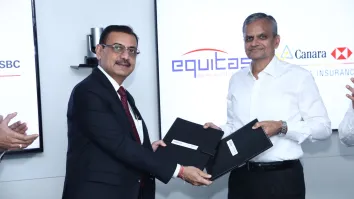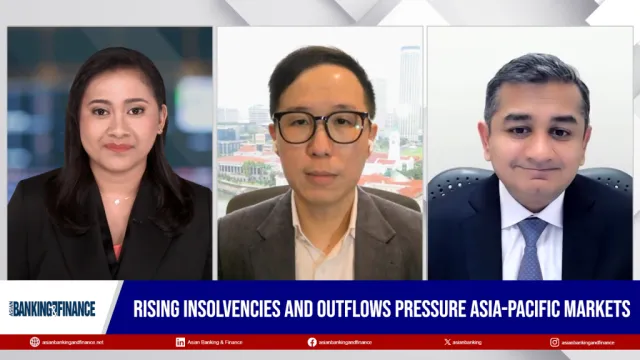China takes another step towards harmonisation of indirect tax
By Lachlan WolfersA momentous step forward has recently been taken by the Chinese government in its quest to apply a Value Added Tax (VAT) across both its goods and services sectors.
A pilot program in Shanghai will be implemented on 1 January 2012, which will replace business tax (BT) with a VAT. Reforms of this magnitude will undoubtedly give rise to many short-term issues and potentially some unintended outcomes for business. Fundamentally though, the replacement of BT (a tax on business) with a VAT (a tax collected by business, but effectively borne by the end-consumer), is a welcome change for most organisations. With over 150 countries around the world having now implemented a VAT, these reforms should also more closely align China's system of indirect taxes with the world's best practice.
While the pilot program is limited to Shanghai and to particular industries only, the implementation and transitional rules are likely to serve as a roadmap to the way the reforms will ultimately be implemented across the whole of China.
Below is a summary of this pilot program and outlines tangible steps that businesses should take to prepare for the reforms.
Key impacts
· The services subject to the pilot program (and applicable VAT rates) consist of transportation (11%), asset leasing (17%) and the “modern services industry” (6%) in Shanghai. The “modern services industry” includes R&D and technical services, IT services, cultural and creative services, logistics and ancillary services, and consulting services, including back office support and internal management services. In practical terms, the main service areas not subject to the pilot program comprise real estate and construction, post and telecommunications, and financial services and insurance.
· Businesses need to carefully consider the full range of services they provide, given that it is the characterisation of the particular services being provided, rather than the general nature of the taxpayer providing them, which determines if VAT applies. For example, many financial services businesses will typically have some consulting or advisory services, such as wealth management services, which are subject to the pilot program.
· Limiting the pilot program to one city has necessitated a number of special rules. In general terms, if a business in Shanghai supplies services to another business elsewhere in China, then VAT will apply. However, if a business elsewhere in China supplies services to a business in Shanghai, then BT will apply. This is likely to lead to some market distortions, at least in the short term.
· The importation of services into Shanghai is effectively now subject to a reverse charge rule, meaning that while VAT is withheld by the business customer in Shanghai, that business customer may also qualify for an input VAT credit.
· The export of services is to be either zero rated or exempt. This is potentially a very positive development for business given that under the old BT rules, the export of services was ordinarily subject to BT. Detailed rules are yet to be issued in relation to the tests for determining whether services are being exported.
· Businesses with annual sales revenue of RMB 5 million or more are required to register as general VAT taxpayers, and therefore liable to remit VAT as well as being entitled to claim input VAT credits. This threshold has been set at a reasonably high level, presumably to limit the number of taxpayers affected by the pilot program.
Nonetheless, businesses with a turnover of less than RMB 5 million are still eligible to register.
Preparation checklist
There are a number of steps that businesses should take to start preparing for the reforms:
1. Identify those parts of your business which are directly impacted by the pilot program, and those parts which are indirectly impacted.
2. Consider how the reforms impact on business models, including pricing of services, supply chains and transfer pricing.
3. Consider the impact the proposed reforms have on prices of the goods and services that businesses supply.
4. Consider the implications for businesses entering into contracts, which either now, or in the near future, may be subject to VAT.
5. Adapt IT and accounting systems to cater for the new tax.
6. Consider potential opportunities, such as the deferral of fixed asset purchases, or purchasing services from VAT taxpayers in Shanghai.
7. Adapt invoicing and cash register systems to recognize output tax liabilities and being able to issue VAT invoices.
8. Consider cash flow impacts, and address this with suppliers and customers.
9. Provide staff training to deal with the implications of the reforms, including sales and purchase staff, as well as finance teams.



















 Advertise
Advertise










